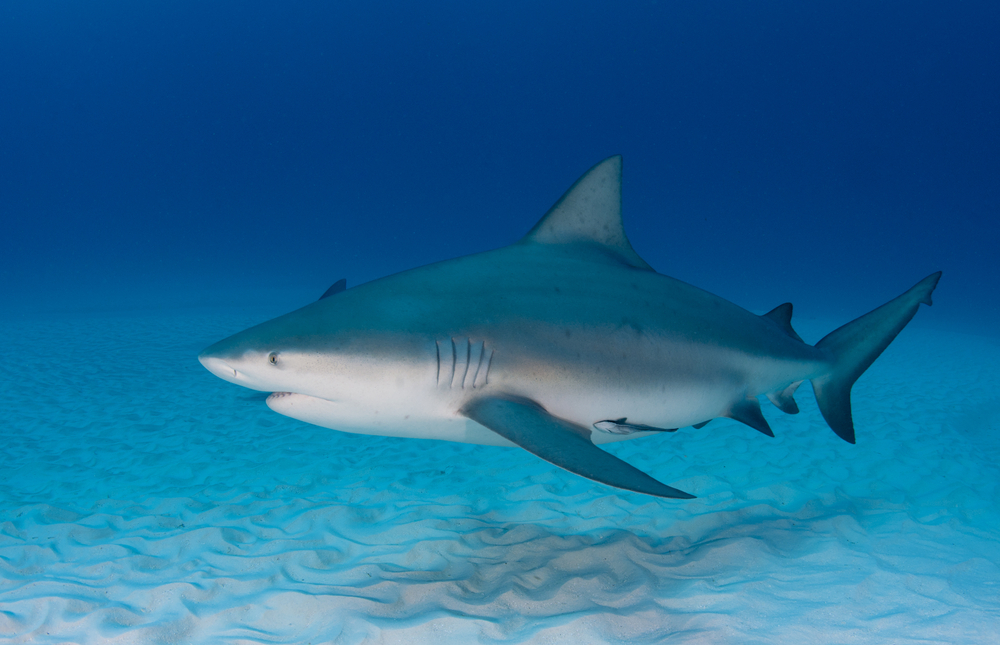A sustainable sushi restaurant owner, Kristofor Lofgren, proposed a highly interesting idea. He suggested that the revenue from his restaurant be used to help create marine protected areas like sanctuaries. These sanctuaries help marine life to reproduce in a safe and protected area. His idea was liked by most of the attendees at the conservation meet, but a few problems were addressed before its implementation.
The Caribbean region had identified as one of the world’s biodiversity hotspots. It means that the Caribbean region can hold a high concentration of fungi, animals, and plants across many ecosystems in the world.
Apart from this, the Caribbean region is the home to around eight percent of the world’s coral reefs. The reef ecosystem is under a great threat of depleting within a few years. It would be the result of a few things like ocean acidification, pollution, climate change, and overfishing. One of the most desolating species among the native fishes is the lionfish. It clearly states that the Caribbean region needs protection for an improved future. But as we all know that the conservationists cannot just click their fingers to recover all the damage of the ecosystems to improve in an instant.
However, planning an effective way of marine preservation is required to protect marine animals and plants’ lives. And after Lofgren motived the researchers and the conservationists, they went down to the Caribbean to get a better understanding of one particular group of predators, i.e., sharks.
The Tiger Shark
The plan for the protection of Tiger Shark pooled all its resources from the Nature Conservancy and One World One Ocean. These programs helped to track and tag sharks in the Caribbean region. Do you think that tagging was an easy task for these conservationists? Then you’re mistaken. It was the most daunting task to accomplish; however, the researchers delicately clamped a transmitter to one of the shark’s fins in the ocean. It helped them better understand the behavior of the sharks and specially to understand where and when they travelled in the ocean.
The Caribbean
Presently, the Caribbean region is designated as the area of research for marine preservation. But there was a huge problem in this region. It lacked proper infrastructure and enforcement for the research and preservation of marine life. The protection of Caribbean region species would be done by fundraising amount of around $1 million, after the completion of the research.
Winding up
The Bahamas is a small part of the large area of biodiversity in the world. But still, conservation from this part of the world can impart a significant effect on the entire biodiversity. The beneficial waves can cover all the areas of the Caribbean region and, eventually, the biodiversity of plants, animals, and marine life!




